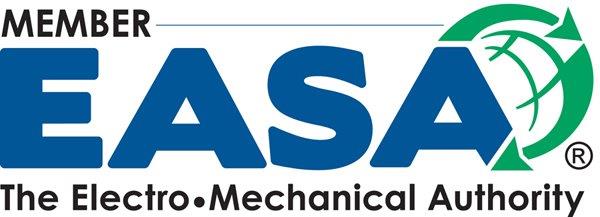As motor repair and manufacturing professionals, ensuring the optimal performance of synchronous machines is crucial for maintaining efficiency and reliability in industrial operations. One essential diagnostic test that helps in assessing the health of synchronous machines is the No-Load Current Test. This test provides valuable insights into the machine’s condition, allowing technicians to identify potential issues before they escalate into costly failures.
The Importance of No-Load Current Tests
During normal operation, synchronous machines should have minimal current flowing through their windings when operating at no load. Conducting a No-Load Current Test helps in evaluating the magnetization characteristics of the machine and detecting any abnormalities that may indicate winding insulation degradation, rotor issues, or other internal faults.
Procedure for Conducting No-Load Current Tests
When performing a No-Load Current Test on a synchronous machine, technicians typically follow these steps:
- Isolation: Ensure the machine is disconnected from the power source and properly isolated to prevent accidents.
- Instrumentation: Use appropriate instruments such as a clamp meter or current transformer to measure the current flowing through the windings.
- Testing: Gradually increase the excitation voltage while monitoring the current to observe any deviations from expected values.
- Analysis: Compare the measured current with the machine’s specifications and historical data to identify any abnormalities.
Interpreting Test Results
Abnormalities in the No-Load Current Test results can indicate various issues within the synchronous machine:
- High current readings may suggest winding insulation breakdown or rotor faults.
- Low current readings could indicate air gap eccentricity or issues with the excitation system.
- Unstable current values may point to mechanical problems such as misalignment or bearing issues.
Benefits of Regular Testing
By integrating regular No-Load Current Tests into maintenance schedules, motor professionals can:
- Identify potential faults early, preventing unexpected downtime.
- Optimize machine performance and energy efficiency by addressing issues promptly.
- Extend the lifespan of synchronous machines through proactive maintenance.
Performing No-Load Current Tests on synchronous machines is a critical aspect of preventive maintenance that can significantly impact operational reliability and cost-effectiveness. By staying vigilant and proactive in diagnosing machine health through such tests, businesses can ensure smooth operations and minimize the risk of unplanned disruptions.
For expert motor repair and maintenance services, contact The Pump & Motor Works, Inc. today. Our experienced technicians are ready to assist you with all your motor needs. Contact us now!



